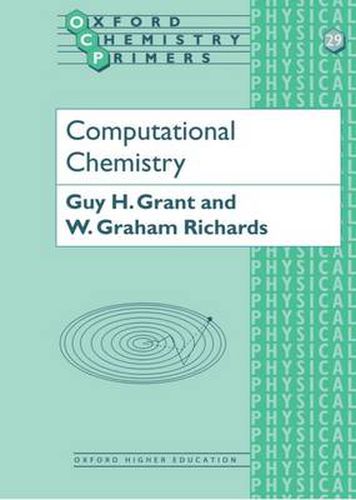Readings Newsletter
Become a Readings Member to make your shopping experience even easier.
Sign in or sign up for free!
You’re not far away from qualifying for FREE standard shipping within Australia
You’ve qualified for FREE standard shipping within Australia
The cart is loading…






The uses of computers in chemistry are many and varied, from the modelling of solid state systems to the design of complex molecules which can be used as drugs. This Primer provides an introduction to the many methods currently used by practising computational chemists and shows the value of computers in modern chemical research. In this clearly written text, the authors describe the various computational techniques available and explain how they can be applied to single molecules, to assemblies of molecules, and to molecules undergoing reaction. An introductory chapter outlines the hardware and software available, and looks at some applications and developments. Subsequent chapters cover quantum mechanics, molecular mechanics, statistical mechanics, the modelling of biomolecules, and drug design. Whilst emphasizing the use of computers to model biological systems, and the authors explain how the methods can be applied to a whole range of chemical problems. This primer will give students of chemistry a sound appreciation of the many ways in which modern computational methods can be used to solve real chemical problems.
$9.00 standard shipping within Australia
FREE standard shipping within Australia for orders over $100.00
Express & International shipping calculated at checkout
The uses of computers in chemistry are many and varied, from the modelling of solid state systems to the design of complex molecules which can be used as drugs. This Primer provides an introduction to the many methods currently used by practising computational chemists and shows the value of computers in modern chemical research. In this clearly written text, the authors describe the various computational techniques available and explain how they can be applied to single molecules, to assemblies of molecules, and to molecules undergoing reaction. An introductory chapter outlines the hardware and software available, and looks at some applications and developments. Subsequent chapters cover quantum mechanics, molecular mechanics, statistical mechanics, the modelling of biomolecules, and drug design. Whilst emphasizing the use of computers to model biological systems, and the authors explain how the methods can be applied to a whole range of chemical problems. This primer will give students of chemistry a sound appreciation of the many ways in which modern computational methods can be used to solve real chemical problems.